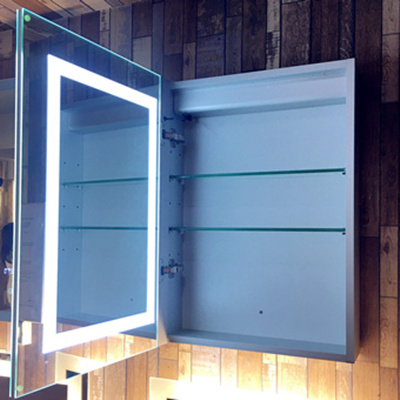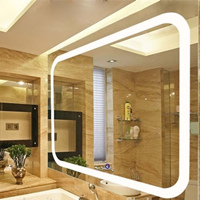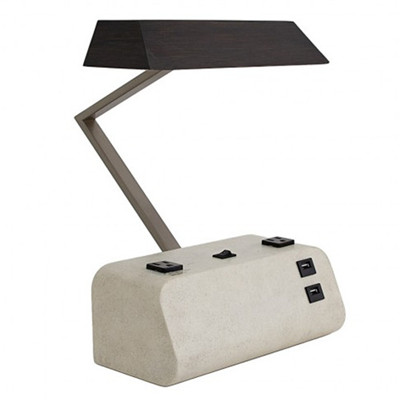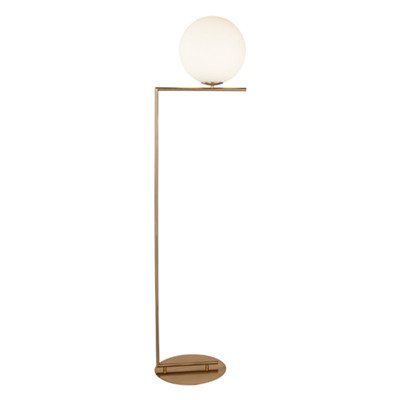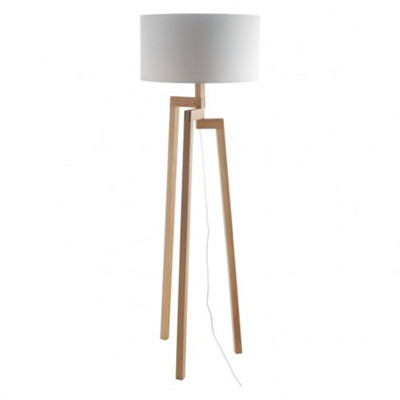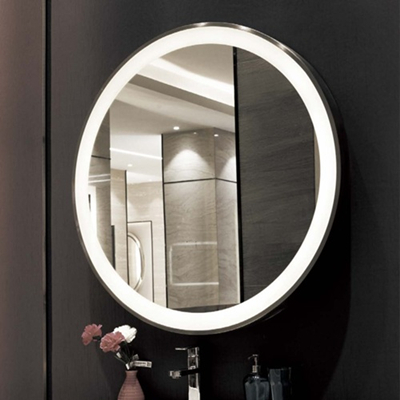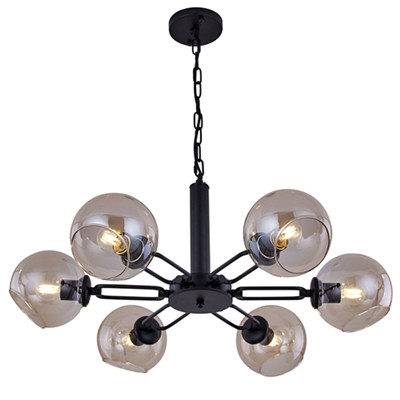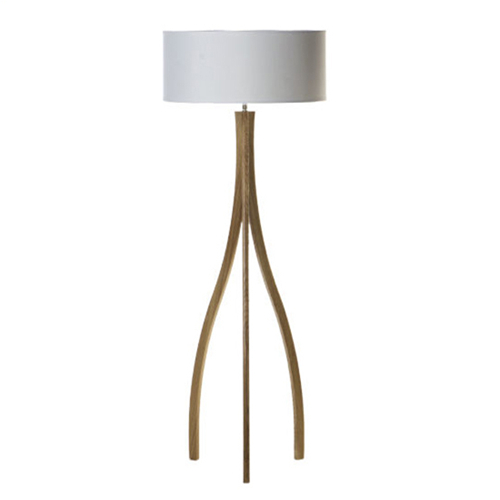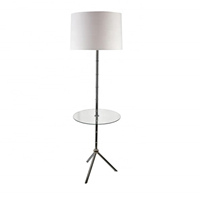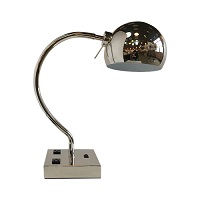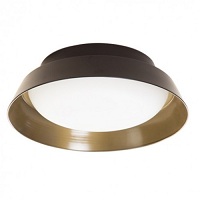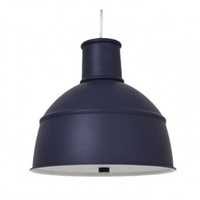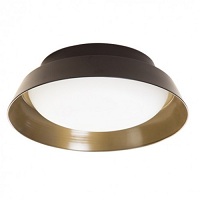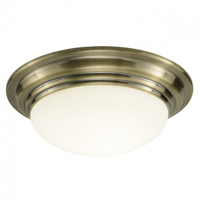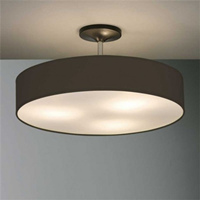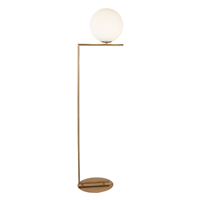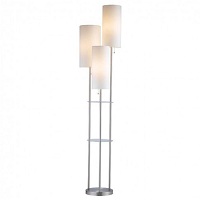Lamps that are unsuitable for the spaces and that create disharmony with the general mood of the hotel could inevitably compromise the permanence of visitors and their ratings. In fact, recent studies have revealed a large number of reviews that expressed customers' disappointment about the poor lighting of the accommodation and the hotel as a whole.
A hotel consists of several areas intended for different uses, and each of them requires a suitable type of decorative lighting, with certain characteristics, always in tune with the design and mood of the lighting systems in the remaining rooms.
Guest Room
Visitors, even if away from their homes, want to feel at home. The longest time that visitors stay is the guestroom. Therefore the goal is to create an atmosphere of comfort within the bedrooms, always ensuring maximum functionality.
Choose the type of decorative lighting that can give a comfortable and familiar look to the bedrooms, in this case the most suitable lamps are floor lamps, table lamps and sconces. You could place wall lamps above the bedside tables for focal points with warm tones around the bed. In addition place desk lights or table lamps on the desk to ensure proper lighting for work and reading.
Bathroom
It is a small space, but even the bathroom needs specific and functional lighting due to its size. Choose a brightness level suitable for each location and make this environment a small corner of relaxation.
The illuminated mirror is an ideal fixture to the bathroom, as it could decorate and bring functionality to this corner dedicated not only to relaxation but personal care.
Hall
When it comes to decorative lighting for hotels, hospitality comes first. This is why close attention to the lighting at the entrance of the hotel is essential to impress visitors. For the hotel lobby, we prefer chandeliers that provide directional light to the reception, which shine with personality (but without clashing with the rest of the lighting fixtures) and create a sensation of warmth, which is the most important.
Reception
Beyond the entrance, we find the reception, the check-in point where the staff interacts and welcomes customers. This place needs decorative lighting lamps that can offer both task lighting and ambient lighting, your choice of style will vary according to the functional needs of the area to be illuminated.
Corridors
Hallway lighting is often overshadowed in lighting projects designed for hotels. The corridors lead to the rooms and outside areas of the hotel, which is why they need optimal lighting to facilitate the orientation of the guests.
To ensure customers can move around more easily, you could install wall lights along the passage areas to decorate the walls and give the spaces homogeneous and directional brightness.
Bar and restaurant
Guests entering the refreshment areas should immediately perceive an atmosphere of conviviality and relaxation. Adjust the lighting of the bar and restaurant according to service hours.
Choose lamps that can optimally illuminate tables and workstations. In doing so, the focal points created by the lamps will not only guide the guests to their table, but once accommodated will allow them to read the menu in comfort and savour the dishes visually before tasting them, and the staff will be able to work with more ease.
Spa and wellness center
Make space for warmth and relaxation in this area of the hotel. Here the customer should reach a peace of mind and feel completely at ease. Try to imagine an atmosphere with accentuated shadows and small sources of soft and indirect light, scattered here and there to give the eye points of reference.
A sphere of soft light, proposed both as a wall lamp and as a floor lamp, is a suitable choice for a relaxed and intimately charged atmosphere.
Conference room
For this common space, used for meetings, workshops and formal work events, energetic decorative lighting is needed, able to stimulate the simple design. Ceiling lights placed on various points of the ceiling will give the room a practical, non-excessive decorative appearance.
Hotel has different areas and intended for different usages, therefore choosing the right lighting designs is quite difficult. Here at Sunwin you could find all the lamps and fixtures you need, don’t hesitate to contact us: sales@sunwinhotellighting.com.



